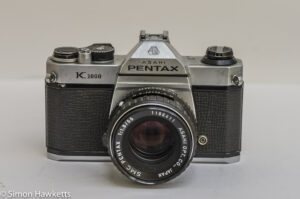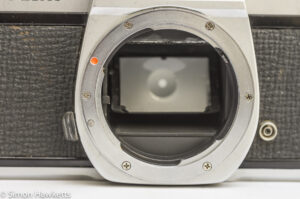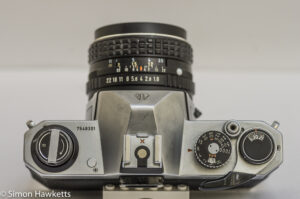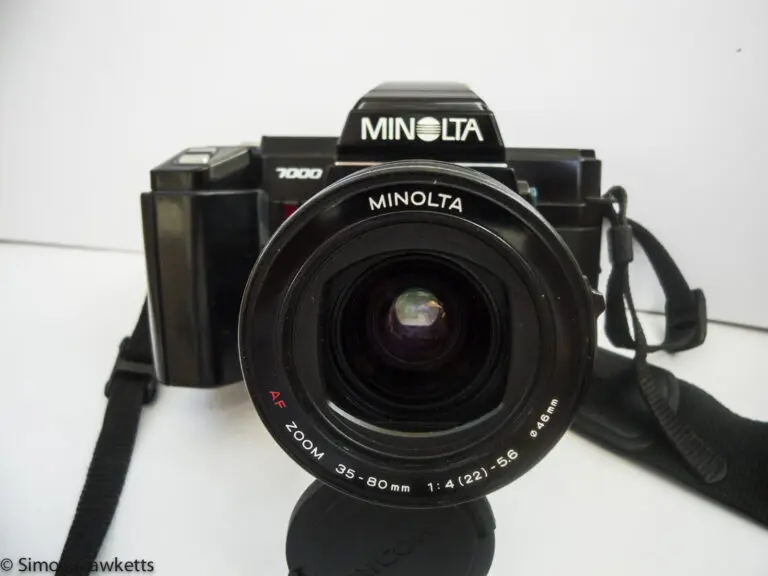Pentax K1000 35 mm SLR camera
I think it’s fair to say that the Pentax K1000 was the camera that many people learnt photography with. Being a reliable, manual exposure, no frill’s camera meant it was the model which many photographic schools recommended for their courses, and therefore the first real camera that many people who enrolled on those courses handled.
I was not fortunate enough to either take a photography course, or own a Pentax K1000 many years ago when had my first camera (which was a Zenith B by the way), but I have been lucky enough to pick one up recently and this is my review of it.
Pentax K1000 Images
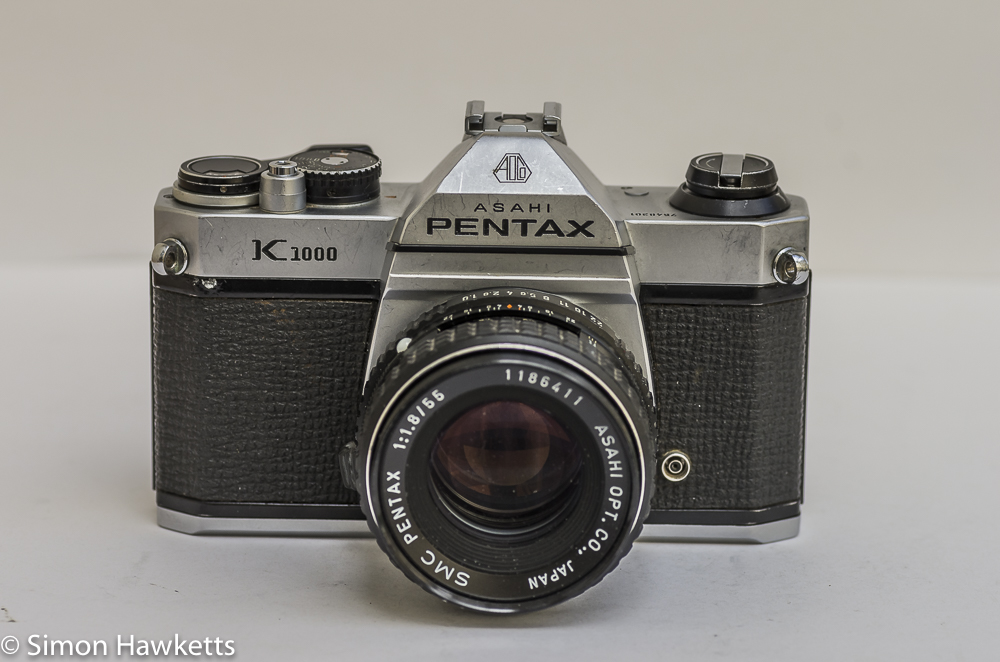
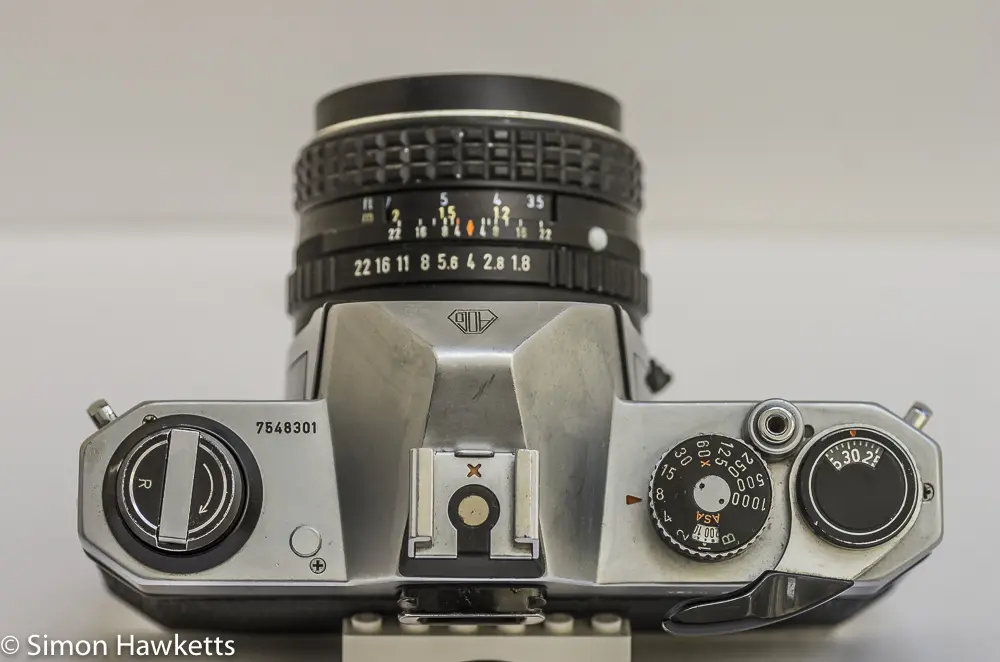
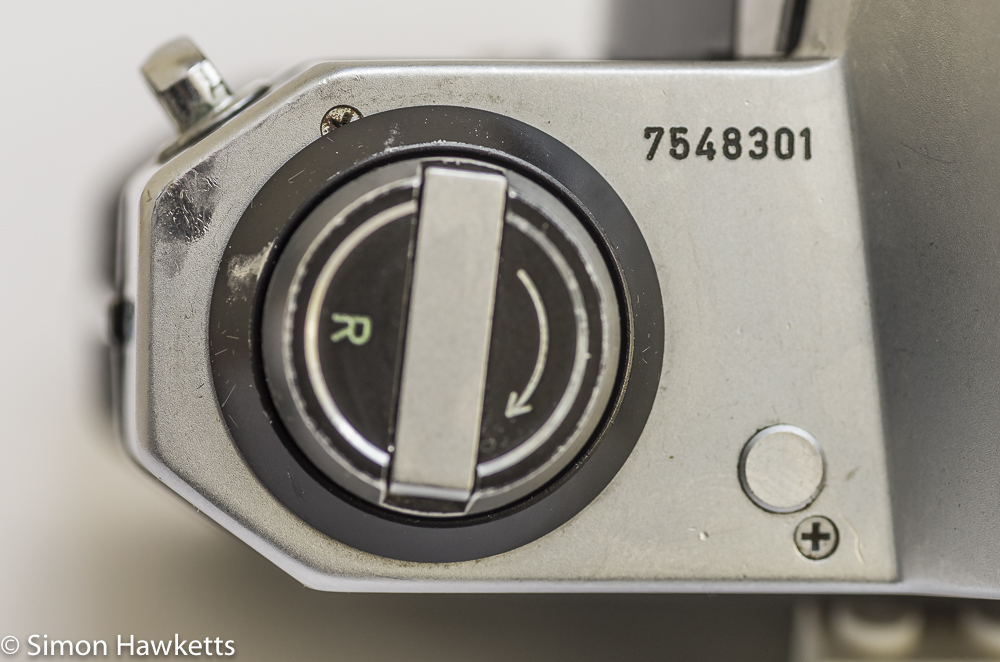
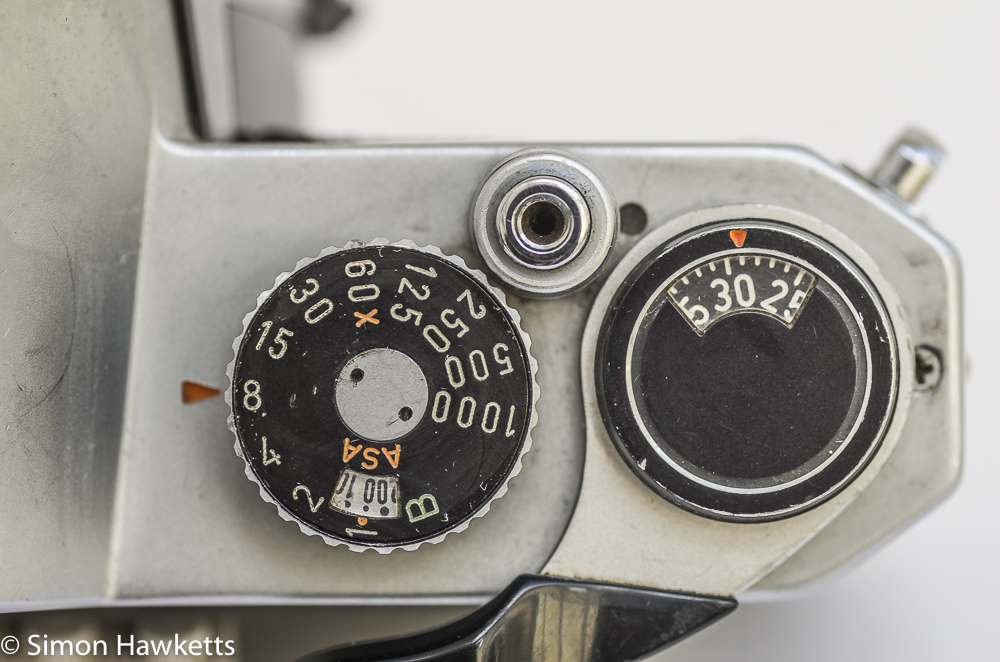
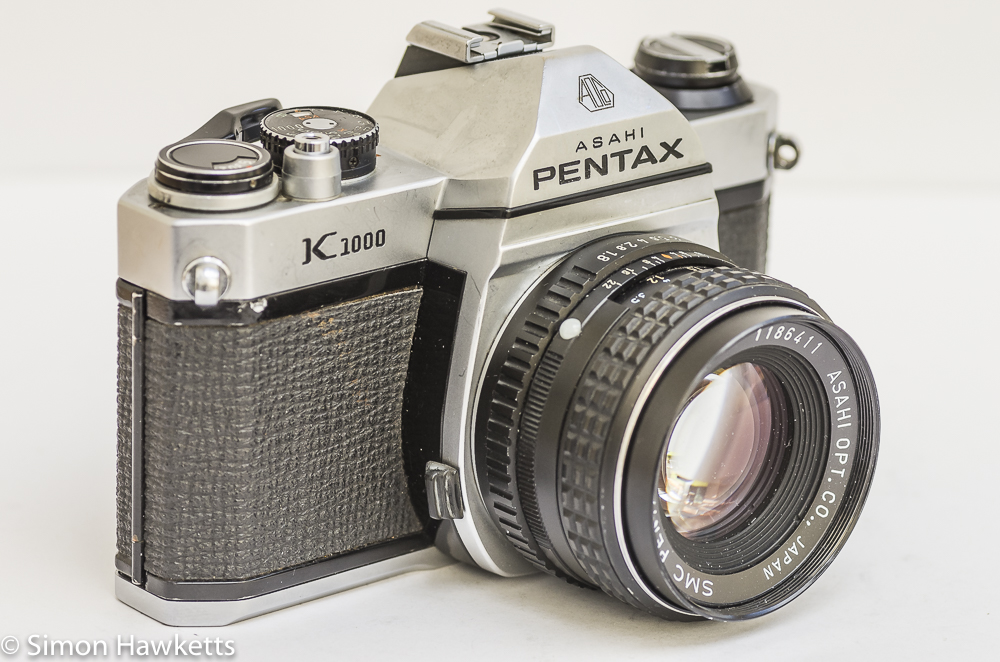
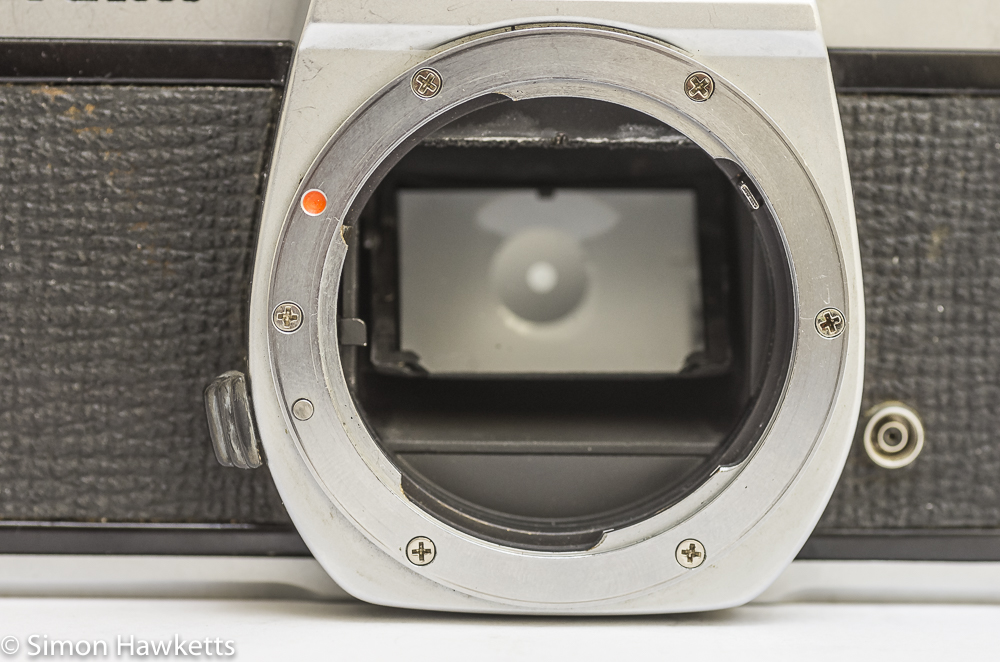
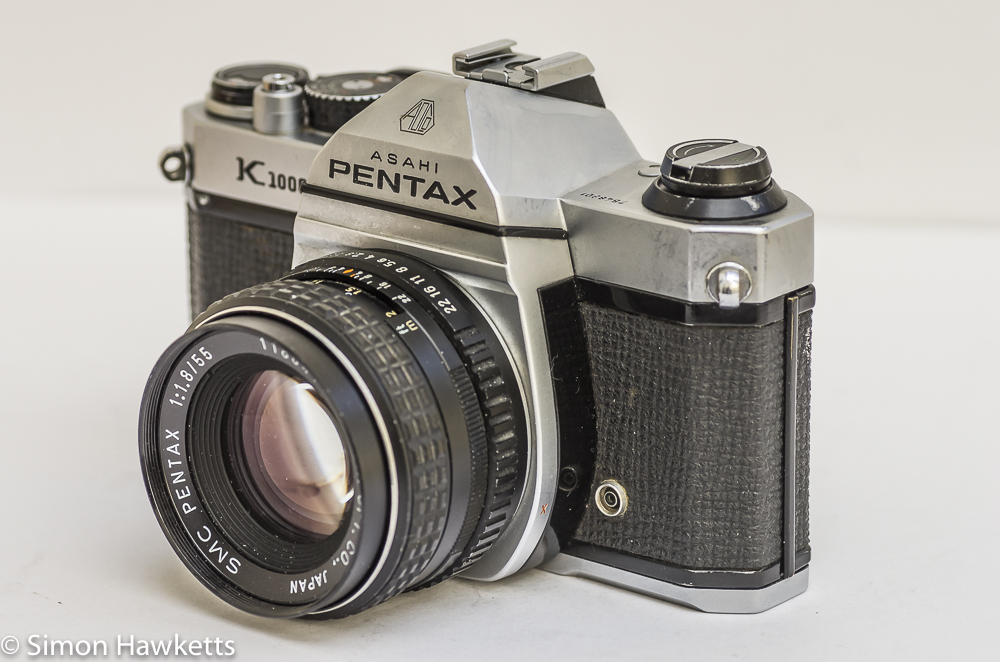
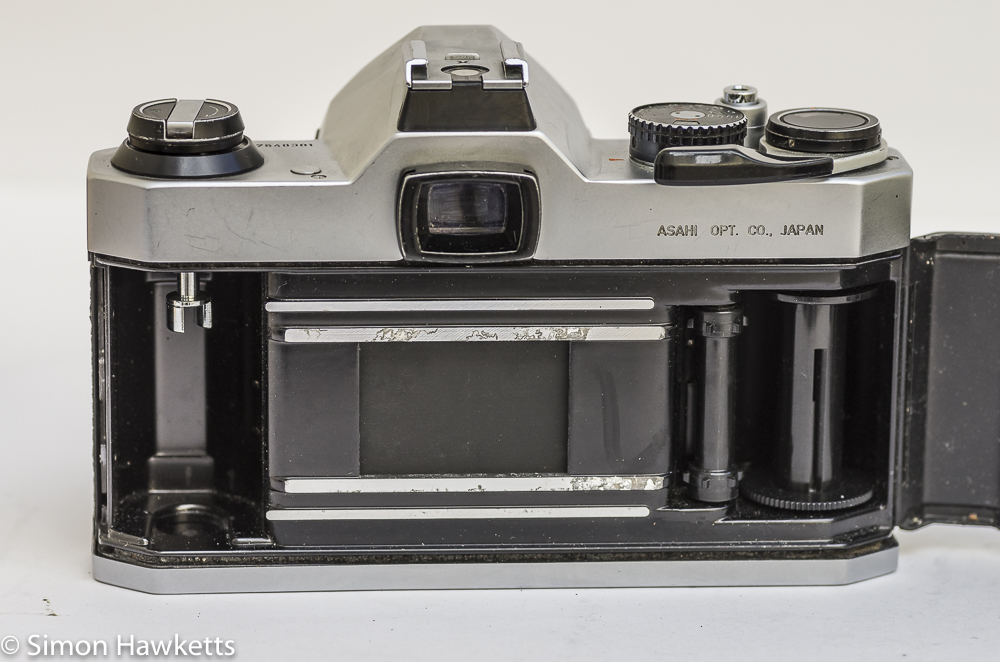

My Pentax K1000 Camera
I bought this camera for £30 which is way more than I would normally pay for a camera body which wasn’t even guaranteed to work, but the K1000 is an expensive camera to buy. Considering the simplicity of the camera it’s difficult to understand why that is but, whatever the reason, is it is a fact that the K1000 generally sells anywhere from between £30 and £120. Based on those prices, my £30 doesn’t seem too much.
Although the camera didn’t have any guarantee, the description did say that the shutter worked on all speeds and sounded about right and that the light meter was working, so I decided it was probably going to be OK.
When I received it, I found that the camera is in generally reasonable condition, with only a few issues I need to sort out:
- The fabric covering on the shutter release side is slightly loose and should be re-stuck.
- The light seals on the back door and the bottom plate are crumbly and need to be replaced.
- The mirror damping foam has degraded and also needs to be replaced.
- The 1 sec shutter speed doesn’t complete the shutter process and leaves the second curtain open.
Apart from the last item, these are quite easy to fix. I’ve downloaded the Pentax K1000 service manual from Pentax Manuals, and I’m reading through it to try to work out how to fix the issue with the slow speed escapement.
There are no major areas of damage, although there are bright areas on the silver finish and a couple of points of corrosion on the black paintwork.
Pentax K1000 Description
The K1000 was one of Pentax’s most successful cameras and went through a variety of different variations. My model is a traditional version with metal used for the top plate, but later models switched to plastic for more and more of the camera, making it lighter but also less rugged. In total the camera was made by Pentax from 1976 to 1997 which is a very long run for a camera and extended well into the autofocus era.
The K series followed on from the Spotmatic series and is very similar to the later models in that series. In fact, it wouldn’t be far from the truth to say the K1000 is basically a Spotmatic SP1000 with a K mount rather than an M42 mount.
Although the statement above is almost completely correct, there are a couple of subtle differences with the K1000. For a start, the battery used in the metering circuit is the easily available 1.5v LR44 cell, rather than the mercury cell used in the earlier camera.
Then there is the fact that the K1000 doesn’t have the stop down metering option. Since all K mount lenses have the extra pin on the back to enable the body to read the aperture, the metering circuit doesn’t need that option. This means of course that the metering on this camera is all carried out at full aperture, which is a big advantage.
Because the stop down switch is missing, the metering circuit has no user actuated switch to turn the metering circuit on. Instead, Pentax incorporated an additional photo cell and a transistor to act as an automatic switch, so the meter turns on if the light is above 2EV. Although this is a clever idea, it means it’s important to keep the lens cap on the camera when it’s not in use, otherwise the battery is being drained.
Another difference with the SP1000 is the flash sync socket because only the X sync socket is fitted to the K1000. In fact the FP sync contact switch is still fitted internally, but the socket wasn’t fitted to the camera since, by the time the K1000 was introduced, most people were using electronic flash.
The top plate control layout is almost exactly the same as the Spotmatic series, with the shutter speed and ISO dial being combined, and the frame counter integrated into the frame advance lever. I guess this was so successful with the Spotmatic series, there was no need to change it.
The viewfinder too has the same simple match needle exposure measuring system and microprism focusing aid. Simple by today’s standards, but a very effective system to use and also, once you get used to it, very fast.
I’m pleased I have added the K1000 to my collection as it’s an iconic and popular model, although I’m still a bit puzzled as to quite why they retain their price quite so well.
Pentax K1000 Specification
- Pentax K1000 35mm manual focus camera
- Open aperture TTL metering with automatic metering switch
- Horizontal cloth focal plane shutter with speeds 1sec to 1/1000 +B
- ISO 20 to 3200 film speed range on meter
- Match needle meter visible in the viewfinder
- Auto reset frame counter
- Shutter cocked flag on top plate
- K mount lens mount
- Hot shoe and X flash sync socket
- Strap lugs
- Single 1.5v cell for the meter
- Mechanical shutter – doesn’t require battery to work
- Tripod bush on bottom plate
- Ser No: 7548301
- Manual available on-line here
Discover more from Everything Vintage
Subscribe to get the latest posts sent to your email.

